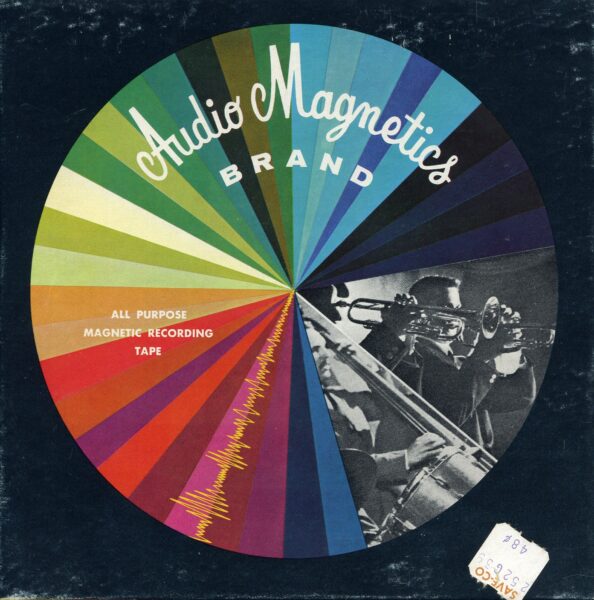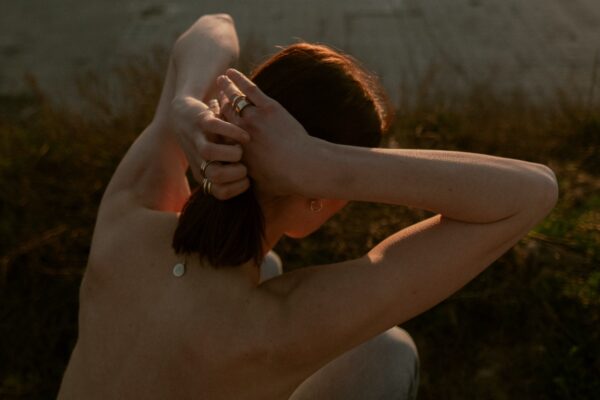Abundant pattern, transcendent joy

A few months ago I wrote about the architecture of worship — about how elements like elevation, light, and scale create a sense of awe that supports transcendent, spiritual joy. These elements are common to holy places: churches, temples, and mosques, as well as many spiritually significant natural spaces.
This morning, as I was reading The Architecture of Happiness (this is inspiring a lot of thinking at the moment), I came across a discussion of another aesthetic element that might stimulate that wonderful perspective shift we associate with religious joy: pattern at scale. Alain de Botton writes:
Muslim artisans covered the walls of houses and mosques with repeating sequences of delicate and complicated geometries, through which the infinite wisdom of God might be intimated. This ornamentation, so pleasingly intricate on a rug or a cup, was nothing less than hallucinatory when applied to an entire hall. Eyes accustomed to seeing only the practical and humdrum objects of daily life could, inside such a room, survey a world shorn of all associations with the everyday. They would sense a symmetry, without quite being able to grasp its underlying logic. Such works were like the products of a mind with none of our human limitations, of a higher power untainted by human coarseness and therefore worthy of unconditional reverence.
In prior posts, I’ve talked about pattern’s ability to create a sense of abundance, through a visual illusion that uses surface to mimic volume and quantity. This matters because we are innately drawn to abundance, and the aesthetic abundance of patterns such as dots and stripes seems to satisfy a vestigial hunger in our primal mind. Trained to the cycles of glut and privation, we crave quantity as a bulwark against an uncertain future.
But what about the type of pattern that de Botton is talking about — pattern so vast and so staggering, it creates an abundance almost incomprehensible to the human mind? At these orders of magnitude, dazzled by a supernatural abundance, our minds struggle to reconcile the scale of what we’re witnessing with the boundaries of our experience. We measure this new experience against the possible, the normal, and the likely; in each case, our existing mental models are challenged and stretched, causing us to wonder about how this experience came to be. We also face this conflict, between a new experience and our mental models, at encounters with great scale (Grand Canyon), great force (a thunderstorm), great talent (a passionate aria), or great good fortune (“miracles”). For the spiritually inclined, religious belief becomes a way to accommodate an amazing new experience, to explain it and the feeling it triggers within us. For non-believers, though the explanation may be different, the aesthetic awe and resulting joy is there too. It is joy at its mysterious best.
There is also, as de Botton observes, a transporting effect played by pattern at scale. The patterns that line the insides of mosques, like the colored light from stained glass windows, create a world apart. They are immersive and enveloping, jolting the mind away from mundane concerns and holding them at attention. In this way, they function not just as context for worship but a tool of it. Like a zen Buddhist koan, the endlessness of pattern dazzles and contains our restless minds, leaving them primed and open for transcendence.





Discussion (5 Comments)
You have such a way of putting the most simplistic ideas, and obvious perceptions into the most pretentious, over written words. Bravo!
I am SO glad you are reading that book. Isn’t it the best?